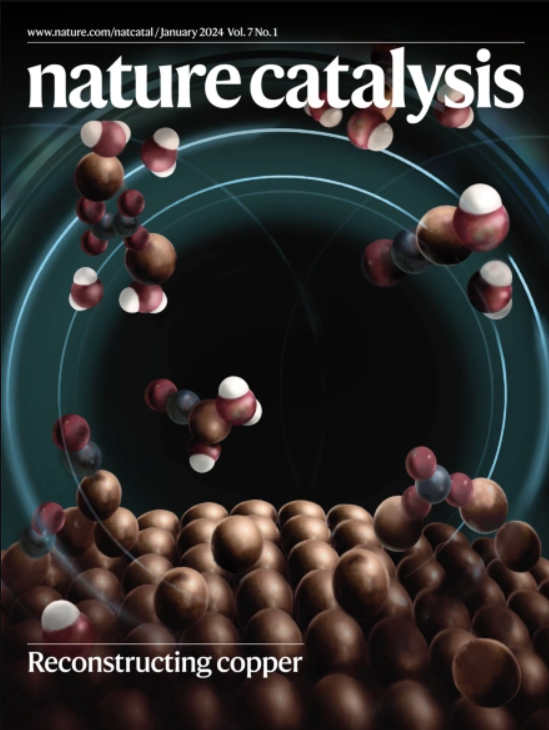照亮对映选择性烷基-烷基偶联
IF 44.6
1区 化学
Q1 CHEMISTRY, PHYSICAL
引用次数: 0
摘要
从简单的原料化学物质催化形成烷基-烷基键的对映选择性仍然是有机合成中的一个巨大挑战。现在,一种用手性镍催化剂和可见光将苯乙烯基叠氮醚与非活化烯烃偶联的对映收敛方法已经被开发出来。本文章由计算机程序翻译,如有差异,请以英文原文为准。


Illuminating enantioselective alkyl−alkyl coupling
The catalytic enantioselective formation of alkyl−alkyl bonds from simple feedstock chemicals remains a formidable challenge in organic synthesis. Now, an enantioconvergent approach that couples styrenyl aziridines with unactivated olefins using a chiral nickel catalyst and visible light has been developed.
求助全文
通过发布文献求助,成功后即可免费获取论文全文。
去求助
来源期刊

Nature Catalysis
Chemical Engineering-Bioengineering
CiteScore
52.10
自引率
1.10%
发文量
140
期刊介绍:
Nature Catalysis serves as a platform for researchers across chemistry and related fields, focusing on homogeneous catalysis, heterogeneous catalysis, and biocatalysts, encompassing both fundamental and applied studies. With a particular emphasis on advancing sustainable industries and processes, the journal provides comprehensive coverage of catalysis research, appealing to scientists, engineers, and researchers in academia and industry.
Maintaining the high standards of the Nature brand, Nature Catalysis boasts a dedicated team of professional editors, rigorous peer-review processes, and swift publication times, ensuring editorial independence and quality. The journal publishes work spanning heterogeneous catalysis, homogeneous catalysis, and biocatalysis, covering areas such as catalytic synthesis, mechanisms, characterization, computational studies, nanoparticle catalysis, electrocatalysis, photocatalysis, environmental catalysis, asymmetric catalysis, and various forms of organocatalysis.
 求助内容:
求助内容: 应助结果提醒方式:
应助结果提醒方式:


